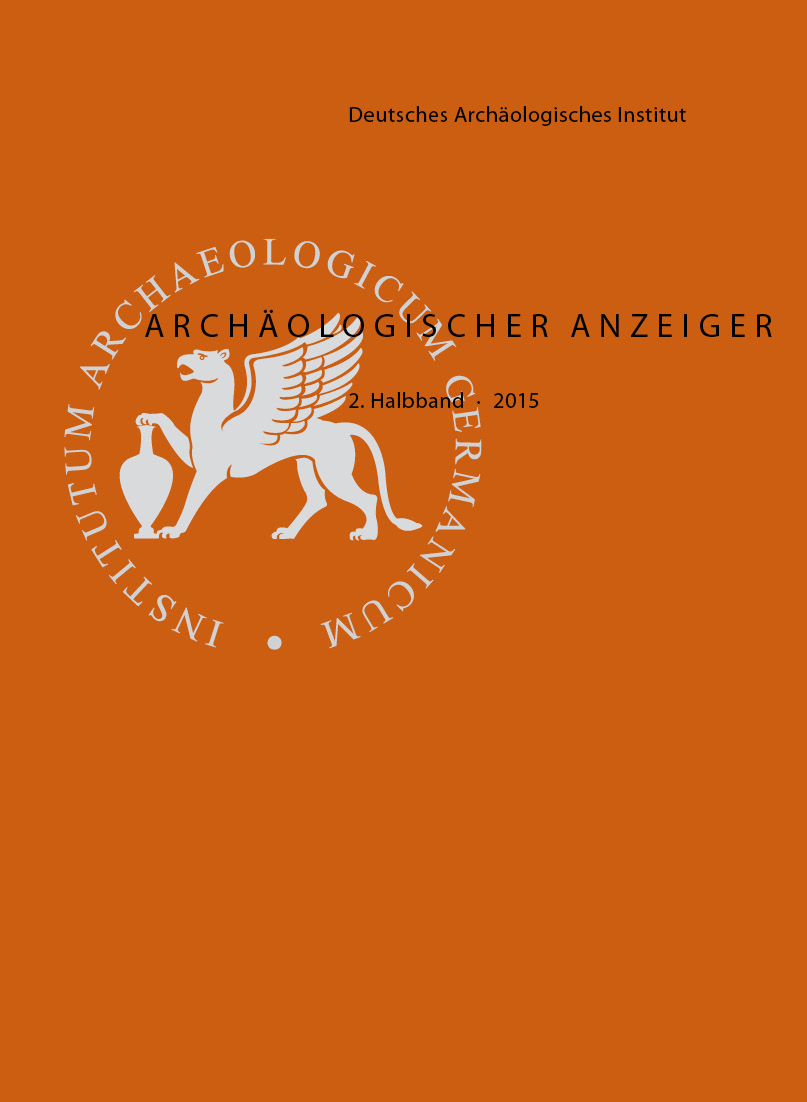Pergamon – Report on the Projects of the 2014 Campaign
https://doi.org/10.34780/f1y7-2yzf
Abstract
The projects of the Pergamon Excavation in 2014 focused on the Hellenistic royal city and the surrounding area as part of the current research programme. The city survey begun in 2005 has been completed, with final surface surveys conducted on the west slope and in the western suburban area. In the process, another stepped lane and a fortification structure beyond the city walls were identified. Excavations, now concluded, in the rock sanctuary under the crag on the west slope have provided further support for its interpretation. In dating and composition, the find material exhibits significant parallels to the rock sanctuaries on the east slope. Investigation of another rock formation on the west slope has revealed a simple ritual site at the side of a stepped road. Continuation of the investigations at the Lower Agora further consolidated its dating to the late 1st cent. B.C. – early 1st cent. A.D. This represents further weighty evidence for the importance of the 1st cent. B.C. in Pergamon’s urban development – a development that can most likely be explained by changes in the micro-region's settlement structure in Hellenistic times. Excavation in the main room of the so-called banquet house in the north section of the east slope, in the middle of the rock sanctuary zone, has brought to light a relatively well preserved wall decoration in Hellenistic masonry style. Work in the south-east necropolis of Pergamon has been concluded. The necropolis's extent and length of use have been verified. The discovery of many further burials, from tombs to urn burials, has yielded important new insights into mortuary practice and living conditions in Roman Pergamon. The newly launched survey project on the harbour network of the Kane peninsula has generated substantial data on the growth of the settlement and harbours of the city of Kane. In the Red Hall, reconstruction of the marble decoration in the architectural setting of the Sekhmet statue has been completed and restoration of the south wall of the temenos continued. In the Gymnasium, conservation efforts concentrated on the Odeon and on technical measures preparatory to the anastylosis of a portico corner.


